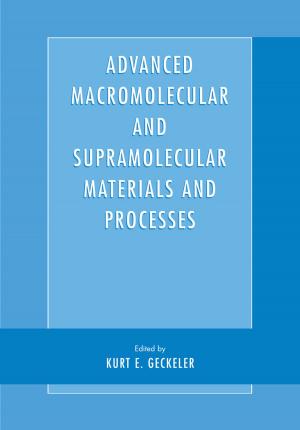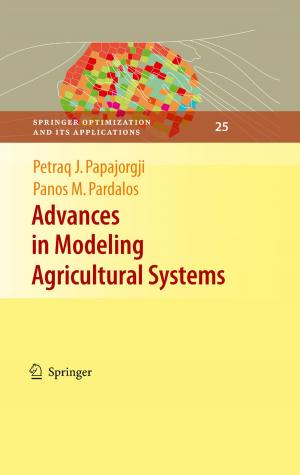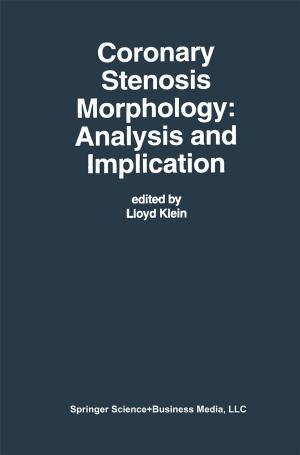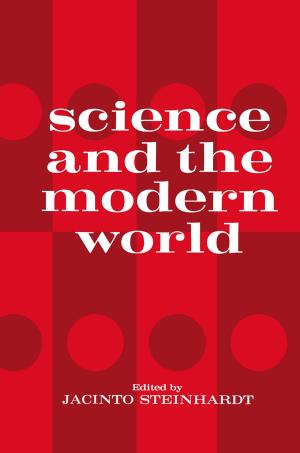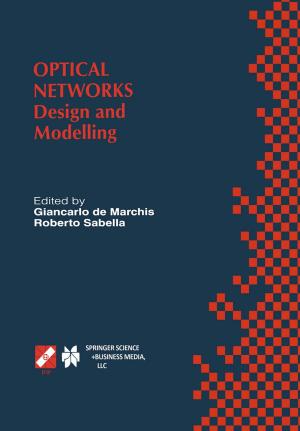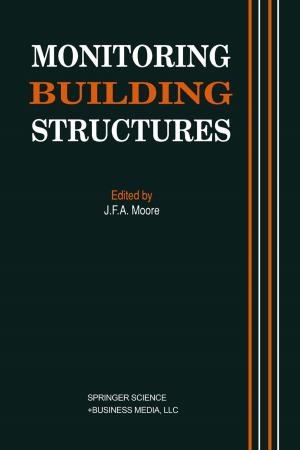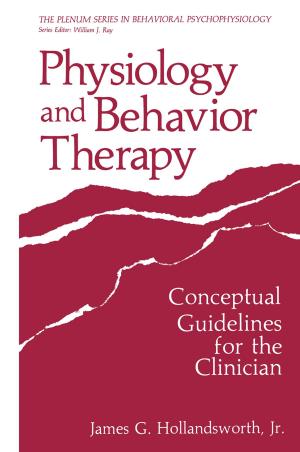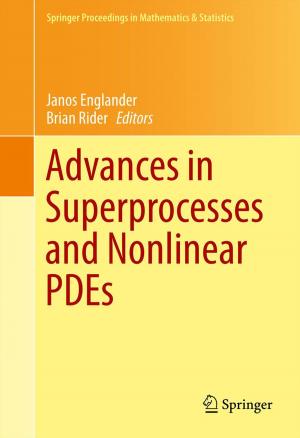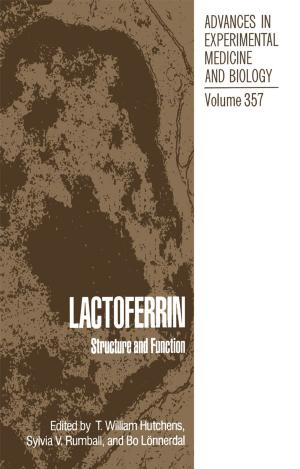Placental Vascularization and Blood Flow
Basic Research and Clinical Applications
Nonfiction, Health & Well Being, Medical, Specialties, Gynecology & Obstetrics| Author: | ISBN: | 9781461581093 | |
| Publisher: | Springer US | Publication: | March 13, 2013 |
| Imprint: | Springer | Language: | English |
| Author: | |
| ISBN: | 9781461581093 |
| Publisher: | Springer US |
| Publication: | March 13, 2013 |
| Imprint: | Springer |
| Language: | English |
The optimal function of the placenta and thus fetal well being largely depends upon the integrity of both the fetal and maternal circulations of the placenta. Intense basic research concerned with placental vascularization and blood flow has been performed for the past 30 years, beginning with the classical morphological descriptions of the placental vessels by Boe (1953) and Arts (1961), as well as with the radioangiographic studies of maternal placental circulation in the human by Borell (1958) and in the rhesus monkey by Ramsey (1962). The scientific framework presented by these investigators has been filled and completed by numerous investigators, leading to more morphological details, functional considerations, and pathological understanding. For an extended period of time, this research has been of primarily academic interest by increasing our insights into one important system of the placenta, yet having nearly no practical importance. Recently, this situation has changed dramatically: in vitro studies of the isolated, dually perfused human placenta and in vivo studies of placental circulation for diagnostic purposes have raised an enormous interest in basic research data. New methods like Doppler Ultrasound and NMR became available. These technics have enabled the obstetrician to study fetal and placental hemodynamics in vivo. Meanwhile, such methods are becoming incorporated into the daily obstetrical routine, to some degree without an adequate background knowledge of placental vascularization and blood flow, since such experience is currently available to only a small group of experts.
The optimal function of the placenta and thus fetal well being largely depends upon the integrity of both the fetal and maternal circulations of the placenta. Intense basic research concerned with placental vascularization and blood flow has been performed for the past 30 years, beginning with the classical morphological descriptions of the placental vessels by Boe (1953) and Arts (1961), as well as with the radioangiographic studies of maternal placental circulation in the human by Borell (1958) and in the rhesus monkey by Ramsey (1962). The scientific framework presented by these investigators has been filled and completed by numerous investigators, leading to more morphological details, functional considerations, and pathological understanding. For an extended period of time, this research has been of primarily academic interest by increasing our insights into one important system of the placenta, yet having nearly no practical importance. Recently, this situation has changed dramatically: in vitro studies of the isolated, dually perfused human placenta and in vivo studies of placental circulation for diagnostic purposes have raised an enormous interest in basic research data. New methods like Doppler Ultrasound and NMR became available. These technics have enabled the obstetrician to study fetal and placental hemodynamics in vivo. Meanwhile, such methods are becoming incorporated into the daily obstetrical routine, to some degree without an adequate background knowledge of placental vascularization and blood flow, since such experience is currently available to only a small group of experts.

